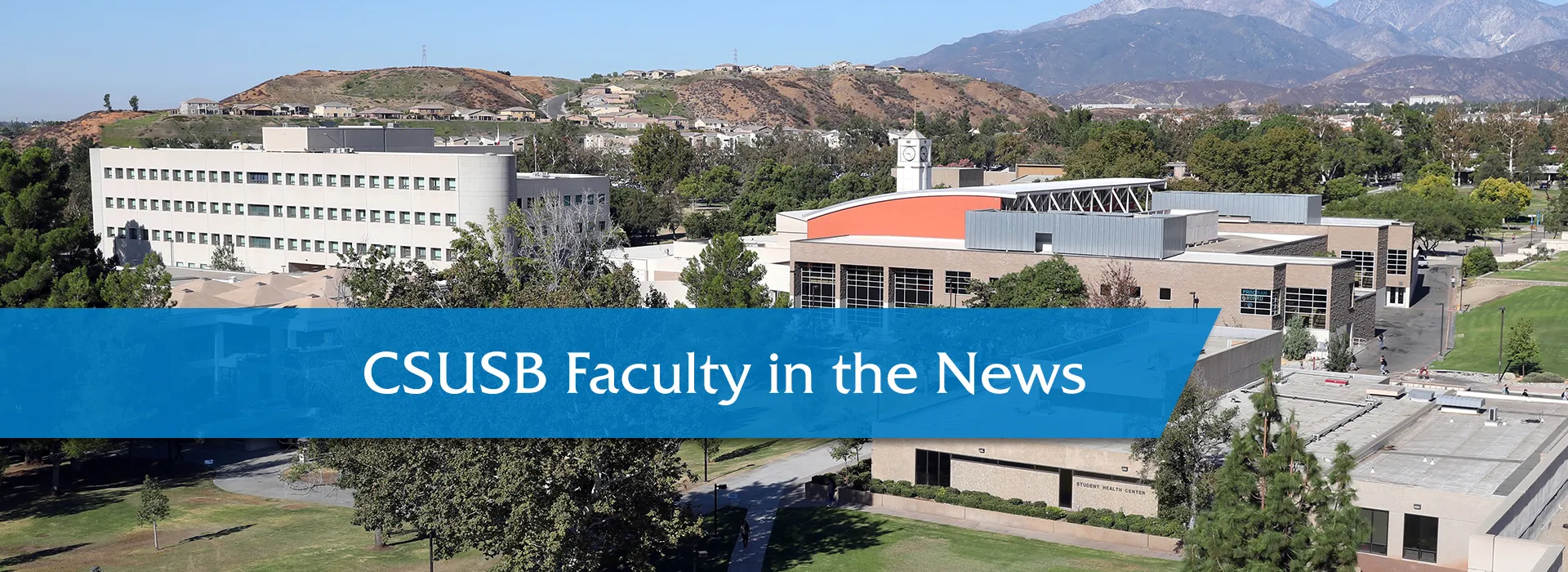
NOTE: Faculty, if you are interviewed and quoted by news media, or if your work has been cited, and you have an online link to the article or video, please let us know. Contact us at news@csusb.edu.
Meredith Conroy, an assistant professor of political science at Cal State San Bernardino, wrote a column for the website FiveThirtyEight about the range of executive actions a U.S. president can take, from executive orders, to proclamations, to memoranda, and how presidents have used such actions.
With the Trump Administration’s executive actions in its early days making headlines, the column focused on how one administration to the next uses these actions to undo policies from the previous president, and institute its own.
“According to data gathered from the National Archives, a president is more likely to revoke the executive orders of his immediate predecessor than orders from older administrations,” Conroy wrote.
“About 80 percent of revocations issued by Obama were of executive orders issued by his predecessor (George W. Bush). Same for George H.W. Bush, even though Bush’s predecessor was also a Republican — and his former boss (Bush served as Ronald Reagan’s vice president).”
She also noted: “There have, however, been presidents who have taken the scalpel to a broader section of history. Reagan revoked 122 of Harry Truman’s executive orders, and Richard Nixon revoked more of John F. Kennedy’s executive actions than those of Lyndon Johnson, whom he succeeded.”
The article was published Feb. 8, 2017, and may be read at “Trump hasn’t rolled back Obama’s executive orders (so far).”